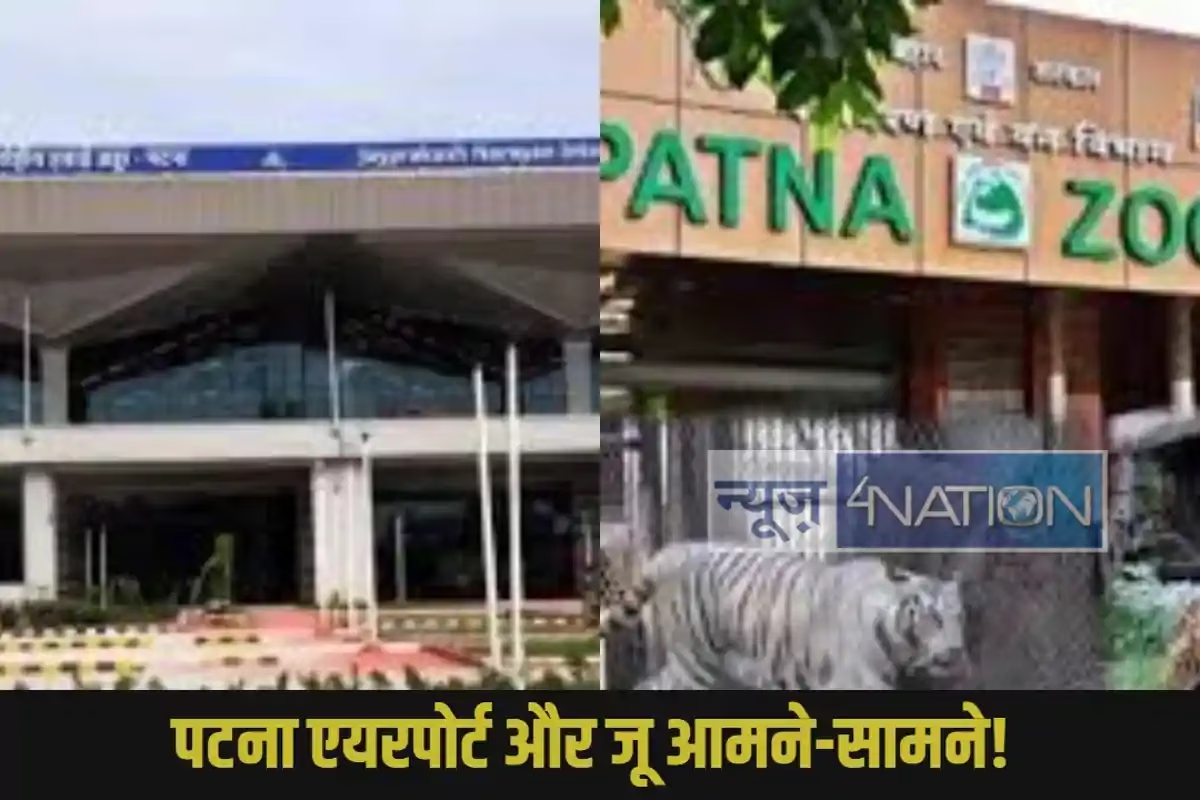What’s inside:
This article discusses the installation of high mast pole lights at Patna Airport to improve flight operations during winter fog and bad weather.
Patna Airport, one of the busiest airports in India, is facing challenges with flight operations during winter due to fog and poor weather. When visibility drops below 1000 meters, it becomes hard for planes to take off and land safely. To tackle this issue, the Airport Authority of India has planned to install 12 high mast pole lights along the runway.
However, there is a problem with this project. The Airport Authority needs land from the Patna Zoo for the installation, but the Zoo Administration has raised objections. They are concerned about cutting down trees and the environmental impact of reducing the zoo’s area. They say the Airport Authority must get approval from the forest department first.
Once the high mast pole lights are installed, they will significantly benefit passengers. These lights will ensure that flights can operate even when visibility is reduced to 550 meters. This means fewer flight cancellations and delays, making travel much smoother for everyone flying in and out of Patna.
The design of the high mast lights is quite advanced. Each pole will have 40 lights, and the poles will be placed about 3 meters apart. They will be set up at special heights and angles to improve visibility, even in rain or other difficult weather conditions.
Next steps involve the Airport Authority completing the necessary paperwork to get the required land from the zoo. Once everything is approved, the installation can begin, leading to improved flight operations and safety at Patna Airport.
Summary:
- Patna Airport struggles with flight operations during winter fog.
- The Airport Authority plans to install high mast pole lights for better visibility.
- Zoo Administration objects to using land due to environmental concerns.
- New lights will allow flights to operate safely even with reduced visibility.
- Approval and paperwork are needed before the project can move forward.

